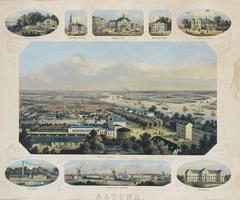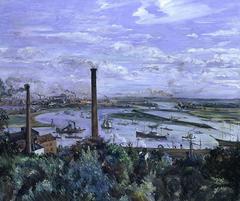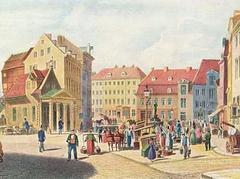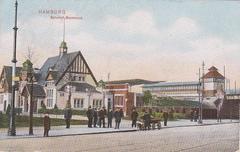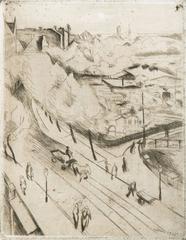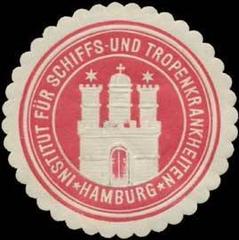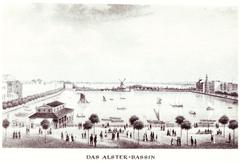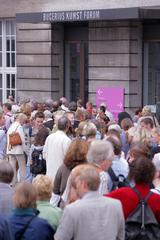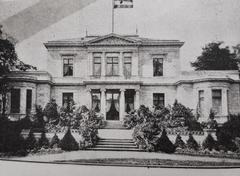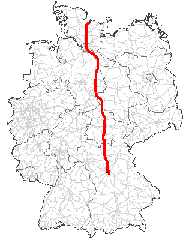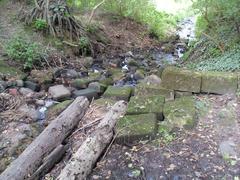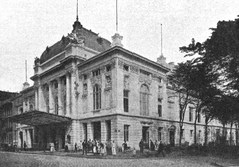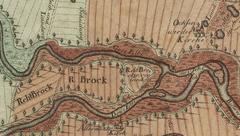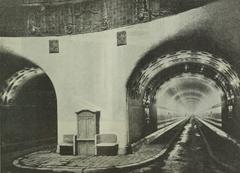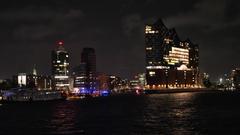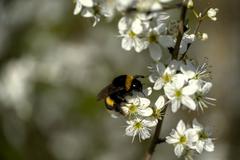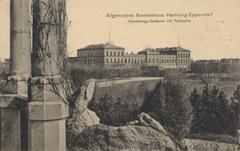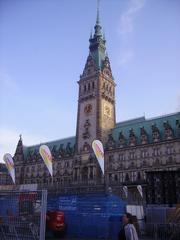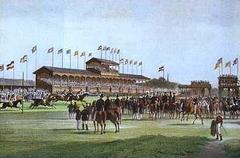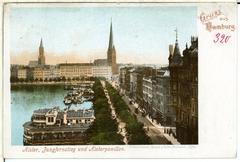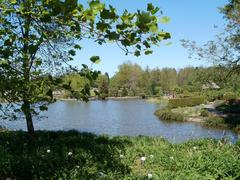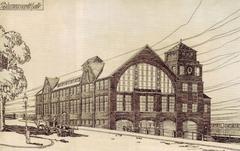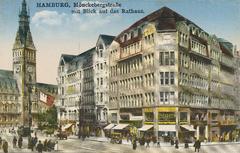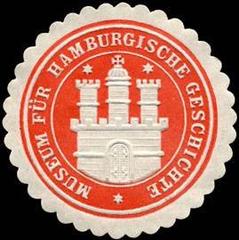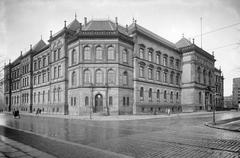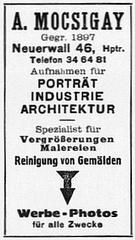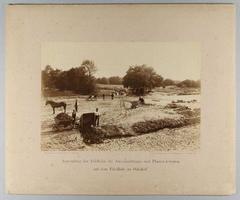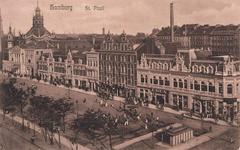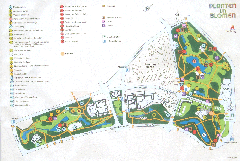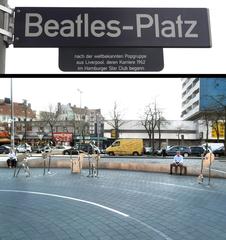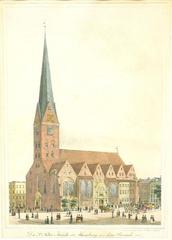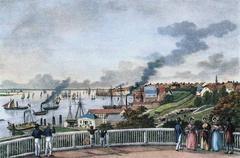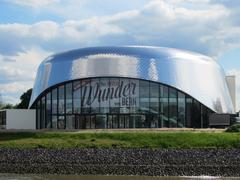Comprehensive Guide to Visiting Stellmoorer Tunneltal, Hamburg, Germany
Date: 17/08/2024
Introduction
Stellmoorer Tunneltal, nestled in the Hamburg district of Rahlstedt, is a site of profound historical, geological, and ecological importance. This nature reserve captivates visitors with its unique blend of natural beauty and rich historical tapestry. The area gained archaeological significance through the work of Alfred Rust, who unearthed artifacts from the late Paleolithic period, attributed to the Hamburgian culture of reindeer hunters (Wikipedia). The valley’s geological features, formed during the Weichselian glaciation, present a fascinating landscape molded by millennia of natural forces (Wikipedia). Stellmoorer Tunneltal is also an ecological haven, designated as a nature reserve and protected under the European Union’s Fauna-Flora-Habitat Directive, making it a hotspot for biodiversity and a crucial link in a network of protected areas (Wikipedia). This guide aims to provide an in-depth exploration of Stellmoorer Tunneltal, offering insights into its historical and geological significance, visitor information, and the unique experiences it offers.
Table of Contents
- Introduction
- Historical Background
- Geological Significance
- Ecological Importance
- Visitor Information
- Visitor Experience
- Conservation Challenges
- Conclusion
- FAQ
- Call to Action
Historical Background
The Stellmoorer Tunneltal is a site of immense historical and archaeological significance. The area gained prominence due to discoveries by Alfred Rust, a renowned archaeologist, who unearthed artifacts from the late Paleolithic period. These findings are attributed to the Hamburgian culture, a group of reindeer hunters who established summer camps around the late glacial lakes at the end of the last Ice Age. The artifacts found in Stellmoorer Tunneltal are often associated with the Magdalenian culture, known for its sophisticated tools and art forms (Wikipedia).
Geological Significance
The geological landscape of Stellmoorer Tunneltal is a testament to the transformative power of natural forces over millennia. The valley was shaped during the Weichselian glaciation, the last glacial period, which ended approximately 11,700 years ago. The unique topography of the area is the result of glacial and meltwater erosion processes that occurred near the edge of the ice sheet (Wikipedia).
Formation and Features
The Stellmoorer Tunneltal is characterized by its distinctive tunnel valley, formed by subglacial meltwater erosion. This process created a series of deep, narrow valleys now filled with sediments. The valley’s structure includes features such as kames, eskers, and drumlins, indicative of glacial activity. The presence of these features provides a unique opportunity to study the dynamics of glacial and meltwater processes.
One of the most notable geological features of Stellmoorer Tunneltal is the Oser, a ridge formed by sediment deposition under the ice during the late phase of glaciation. This ridge has been significantly altered by gravel extraction activities in the 20th century but remains a key feature of the landscape. Additionally, the valley contains remnants of dead ice, blocks of ice left behind by retreating glaciers that eventually became buried by sediments (Wikipedia).
Sediment Composition
Extensive geological studies have revealed a detailed understanding of the sediment composition in Stellmoorer Tunneltal. The sediments primarily consist of gravelly meltwater sands, deposited by flowing meltwater streams. These sediments are interspersed with layers of clay and silt, deposited in quieter water conditions. The stratigraphy of these sediments provides valuable information about the paleoenvironmental conditions during and after the glaciation period.
The valley also features overdeepened sections, areas where the meltwater streams eroded the bedrock to a greater depth. These overdeepened sections are aligned with the presumed flow direction of the meltwater and ice, further emphasizing the valley’s glacial origin. The presence of cross-ridges and drumlins with exposed sediment cores from previous glaciations adds to the complexity and richness of the geological landscape (Wikipedia).
Ecological Importance
Stellmoorer Tunneltal is significant for its historical and geological features and its ecological value. The area is designated as a nature reserve and protected under the European Union’s Fauna-Flora-Habitat Directive. The reserve covers approximately 217 hectares and includes diverse habitats such as wet meadows, streams, and lowland forests. These habitats support various plant and animal species, making the area a biodiversity hotspot (Wikipedia).
The ecological significance of Stellmoorer Tunneltal is further enhanced by its connection to other nearby nature reserves, such as Höltigbaum and Ahrensburger Tunneltal. Together, these reserves form a contiguous network of protected areas that provide critical habitats for wildlife and serve as important ecological corridors. The Nature and Biodiversity Conservation Union (NABU) oversees the management of Stellmoorer Tunneltal and works to preserve the area’s natural and cultural heritage.
Visitor Information
Visiting Hours and Tickets
Stellmoorer Tunneltal is open to visitors year-round, with no specific opening hours. Admission is free, making it an accessible destination for all nature and history enthusiasts.
How to Get There
Stellmoorer Tunneltal is easily accessible by public transportation and car. Visitors can take the S-Bahn to Rahlstedt station and walk or cycle to the site. Parking is available near the entrance for those driving.
Travel Tips
- Wear comfortable hiking shoes, as the trails can be uneven.
- Bring binoculars for birdwatching and a camera to capture the stunning landscapes.
- Check the weather forecast before your visit and dress accordingly.
Nearby Attractions
- Höltigbaum Nature Reserve: Offers additional hiking trails and diverse habitats.
- Ahrensburger Tunneltal: Another glacial valley with similar geological features and historical significance.
Visitor Experience
For visitors, Stellmoorer Tunneltal offers a unique opportunity to explore a landscape rich in natural beauty and historical significance. The area is popular for various outdoor activities, including hiking, cycling, and birdwatching. Several well-marked trails traverse the valley, allowing visitors to experience its diverse habitats and geological features up close. The trails also provide access to key archaeological sites, where interpretive signs offer insights into the area’s ancient history (Komoot).
One of the most popular hiking routes in the area is the loop trail from Oldenfelde, which offers stunning views of the heath and the Wandsee pond. This trail is highly rated by visitors for its scenic beauty and the opportunity to observe a variety of wildlife. Another notable trail is the loop from Meiendorf, which provides a comprehensive tour of the nature reserve and its key features. These trails are suitable for hikers of all skill levels and offer a peaceful escape from the hustle and bustle of urban life (Komoot).
Conservation Challenges
Despite its protected status, Stellmoorer Tunneltal faces several conservation challenges. The area is highly sensitive to disturbances due to its narrow shape and the presence of residential enclaves within the reserve. Human activities such as gravel extraction, urban development, and recreational use can significantly impact the delicate ecosystems and archaeological sites. Effective management and conservation strategies are essential to ensure the long-term preservation of this valuable natural and cultural resource (Wikipedia).
Conclusion
Stellmoorer Tunneltal stands out as a remarkable destination that offers a unique blend of historical, geological, and ecological significance. From the archaeological findings of the Hamburgian culture to the glacial formations that shape its landscape, the valley provides a rich tapestry of natural and cultural heritage (Wikipedia). Its status as a biodiversity hotspot underscores its ecological value, while the well-marked trails and educational resources make it accessible and enjoyable for visitors of all ages. Despite the challenges of conservation, ongoing efforts by organizations such as NABU ensure that this precious resource is protected for future generations. Whether you’re a history enthusiast, a nature lover, or simply seeking a peaceful retreat, Stellmoorer Tunneltal offers an unparalleled experience. Stay updated on Stellmoorer Tunneltal and other historical sites in Hamburg by following us on social media and exploring related content on our website.
FAQ
What are the visiting hours for Stellmoorer Tunneltal?
Stellmoorer Tunneltal is open year-round with no specific visiting hours.
How do I get tickets for Stellmoorer Tunneltal?
Admission to Stellmoorer Tunneltal is free, and no tickets are required.
Are there guided tours available?
While there are no regular guided tours, the interpretive signs along the trails provide valuable information about the site’s history and geology.
What should I bring for my visit?
Wear comfortable hiking shoes, bring binoculars for birdwatching, a camera for capturing the landscapes, and check the weather forecast before your visit.
Are there any nearby attractions?
Yes, nearby attractions include Höltigbaum Nature Reserve and Ahrensburger Tunneltal, both offering additional hiking trails and unique geological features.
Call to Action
Stay updated on Stellmoorer Tunneltal and other historical sites in Hamburg by following us on social media and checking out related posts on our website. Download our mobile app Audiala for more interactive experiences and exclusive content.
References
- Wikipedia contributors. (n.d.). Naturschutzgebiet Stellmoorer Tunneltal. In Wikipedia, The Free Encyclopedia. Retrieved from https://de.wikipedia.org/wiki/Naturschutzgebiet_Stellmoorer_Tunneltal
- Komoot contributors. (n.d.). Hiking in Stellmoorer Tunneltal. In Komoot. Retrieved from https://www.komoot.com/guide/3226316/hiking-in-stellmoorer-tunneltal
- Komoot contributors. (n.d.). Moor Path Highlight. In Komoot. Retrieved from https://www.komoot.com/highlight/484457



